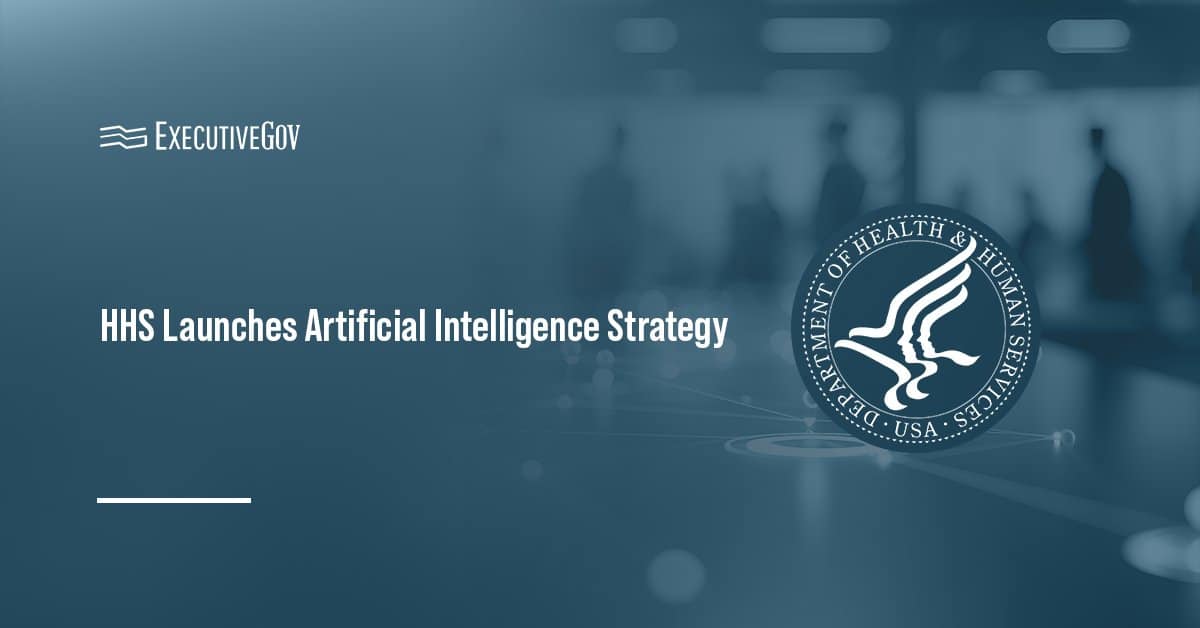
An infrared laser device developed for the Department of Defense could help authorities identify individuals from a distance through their unique cardiac signatures, the MIT Technology Review reported Thursday. The Jetson device uses the laser vibrometry technique to detect the heartbeat-linked surface movement from a distance of up to 219 yards or approximately 200 meters. It also uses algorithms to derive a cardiac signature from the laser signals.Â
“I don’t want to say you could do it from space but longer ranges should be possible,†said Steward Remaly of the combating terrorism technical support office at DoD.
Remaly noted that the device can achieve an accuracy rate of more than 95 percent and could be used with facial recognition tools and other identification techniques.





